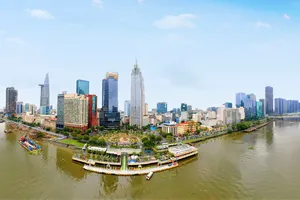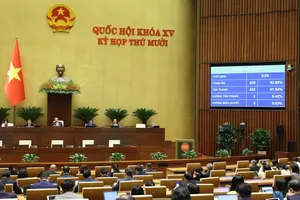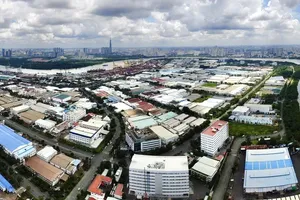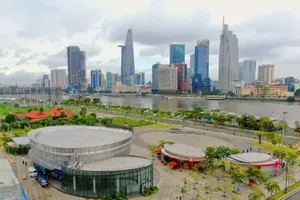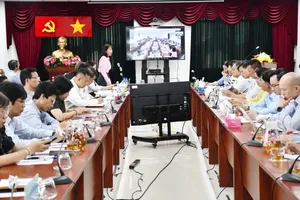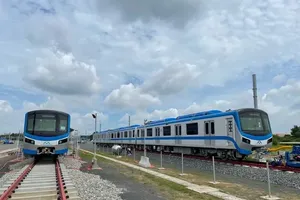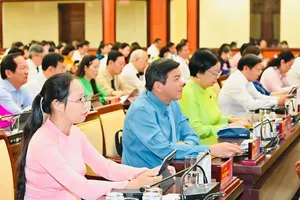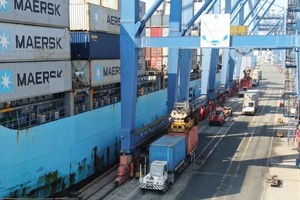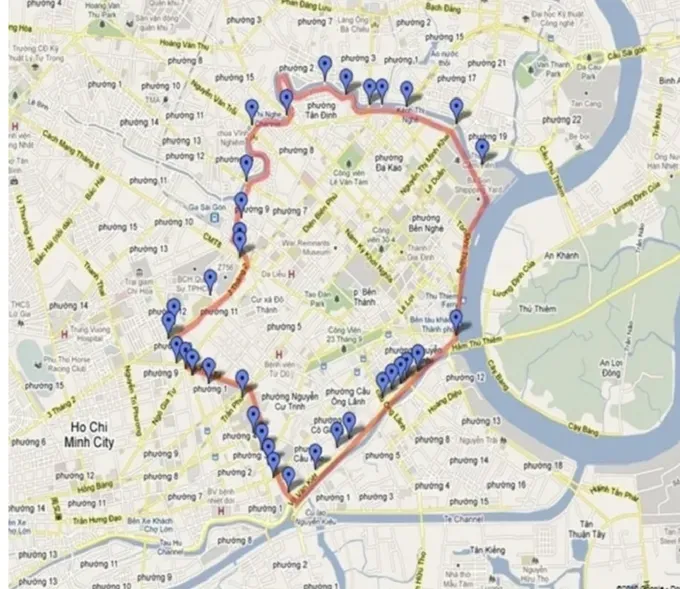
On the morning of October 7, the Ho Chi Minh City Department of Construction held a seminar to report the results of a study on the implementation of a Low Emission Zone (LEZ) as part of the vehicle emissions control project. According to the proposed roadmap, starting in 2026, the city will begin restricting gasoline and diesel vehicles that fail to meet emission standards in the downtown area and Can Gio area.
According to the consulting unit, with a population of over 14 million and more than 8 million vehicles in operation, Ho Chi Minh City is facing mounting pressure from air pollution. The transport sector accounts for 88 percent of nitrogen oxide (NOx), 99 percent of carbon monoxide (CO), and 79 percent of sulfur dioxide (SO₂) emissions. Meanwhile, the city's average concentration of fine particulate matter (PM2.5) is six times higher than the World Health Organization (WHO)'s recommendations. This situation is estimated to cause economic losses of over VND3 trillion (US$113.5 million) annually and contributes to an increase in air pollution-related deaths.
Beginning in 2026, the city plans to establish a Low Emission Zone (LEZ) in the central area, bounded by 15 bridges and nearly 20 major roads, as well as along Rung Sac Road in Can Gio. In the initial phase, restrictions will apply to heavy diesel trucks, commercial vehicles that fall below the Euro 4 emissions standard, and business-use motorbikes not meeting Euro 2 standards. By 2027, once emission testing for motorbikes becomes mandatory, non-compliant vehicles will be prohibited from entering the designated LEZ.
Starting in 2031, the Low Emission Zone (LEZ) will be expanded to cover the area within Ring Road 1, bordered by major routes including Pham Van Dong, Nguyen Thai Son, Bay Hien, Huong Lo 2, and Nguyen Van Linh. By 2032, all vehicles entering this zone will be required to meet higher emission standards.
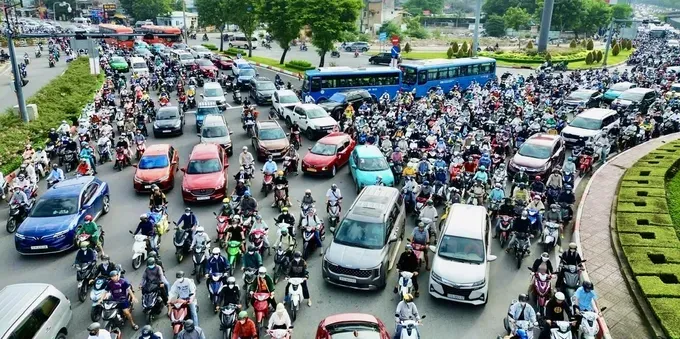
To monitor vehicle access, Deputy Director of the Ho Chi Minh City Department of Construction Bui Hoa An said the city plans to install 58 automatic number plate recognition (ANPR) cameras in the central area and an additional 9 cameras along Rung Sac Road. The system will automatically detect and record vehicles that fail to meet emission standards when entering the Low Emission Zone (LEZ). At the same time, the Ministry of Construction has been urged to include “Low Emission Zone” signage in the National Technical Regulations to ensure clear public identification and compliance.
The city has proposed a financial support package to encourage residents to transition to green vehicles. Under the plan, low-income households will receive a 100 percent subsidy, up to VND20 million (US$758). Near-poor households will receive 80 percent support, up to VND16 million (US$607), and other households will be supported 10 percent, up to VND5 million (US$190). In addition, residents will be eligible for a 50 percent reduction in registration and license plate fees, as well as interest rate support when purchasing electric vehicles.
For transport enterprises, the proposed policy includes a full exemption from registration fees, a 50 percent reduction in road maintenance fees and license plate charges, and interest rate support covering 50 percent of vehicle investment costs during the first year. Bus companies that convert to electric fleets will be eligible to borrow up to 85 percent of investment costs with preferential interest rates over a seven-year period.
Ho Chi Minh City has set a target to launch 72 new electric bus routes with more than 1,100 vehicles by 2030. The city also plans to invest in approximately 8,000 public bicycles, develop green corridors prioritizing pedestrians and cyclists, and install between 750 and 1,300 charging stations at parking lots and commercial centers.
The total estimated cost for implementing the project from 2025 to 2030 is over VND8 trillion (US$303,436), with 80 percent expected to come from the state budget.
The city must take concrete steps to improve air quality, protect public health, and move toward the goal of net-zero emissions by 2050. This transition will be implemented in a flexible and equitable manner, with particular attention to low-income groups, Deputy Director of the Ho Chi Minh City Department of Construction Bui Hoa An emphasized.

